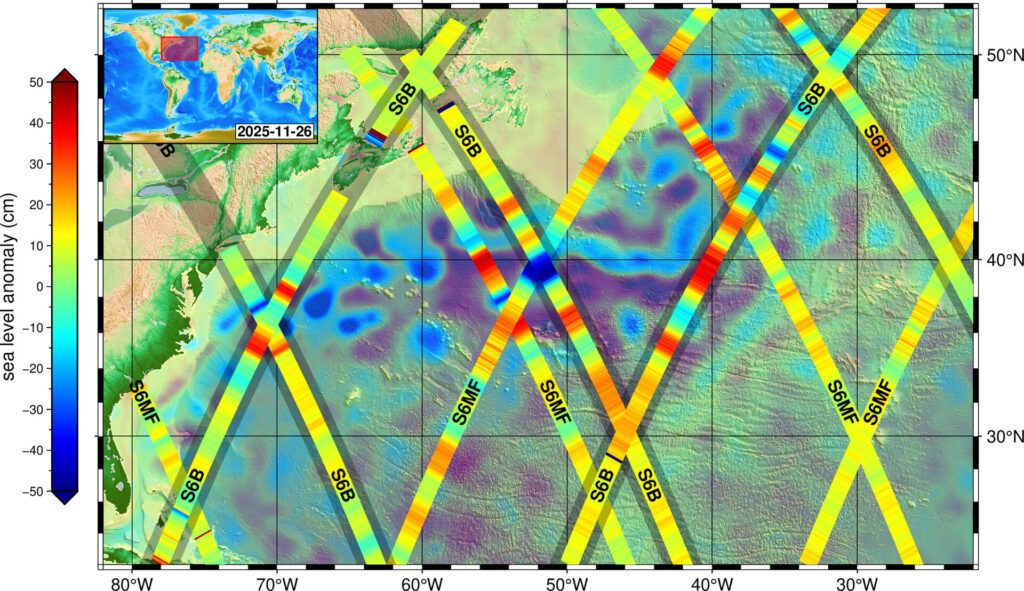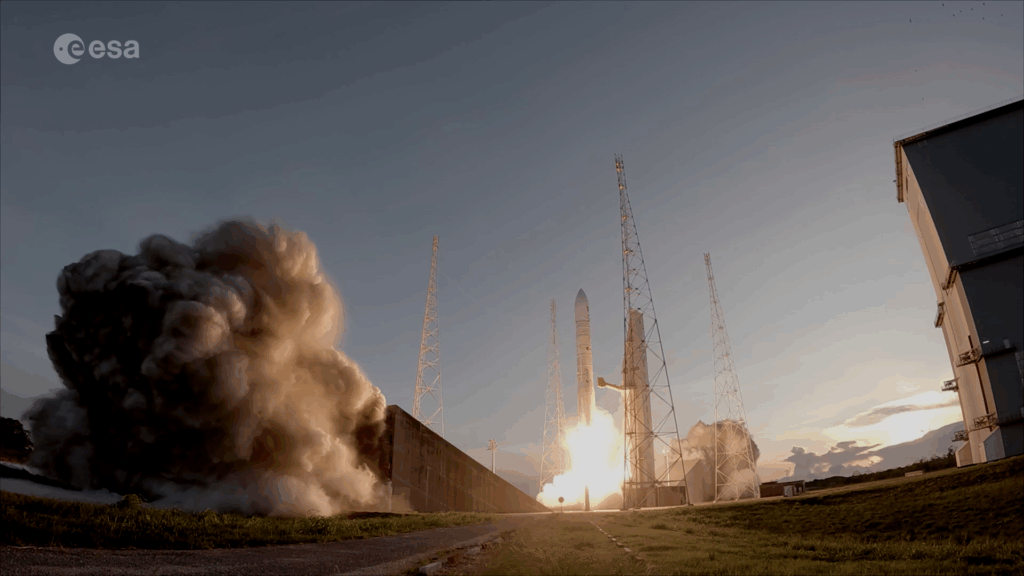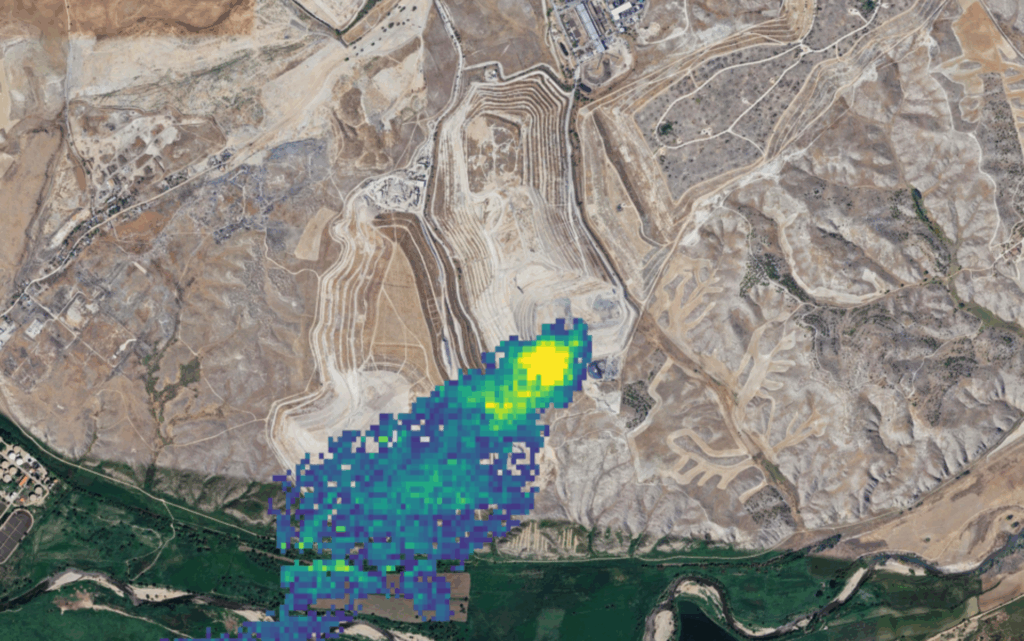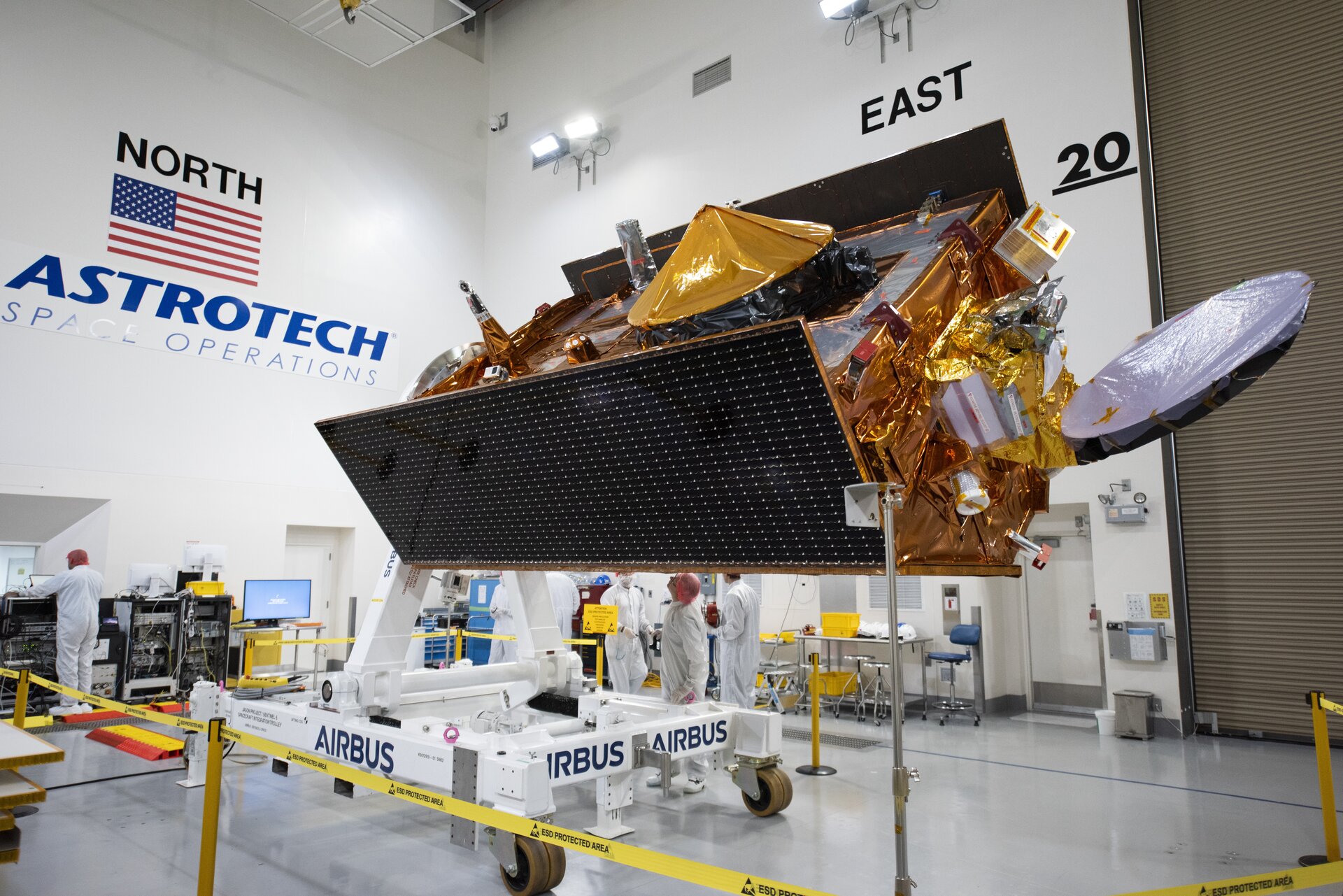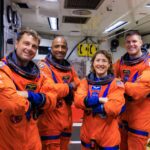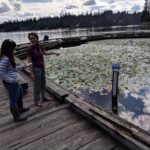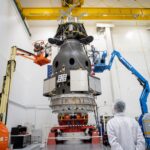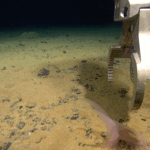Now Reading: ESA at IAC 2025 – highlights from Day 3
-
01
ESA at IAC 2025 – highlights from Day 3
ESA at IAC 2025 – highlights from Day 3
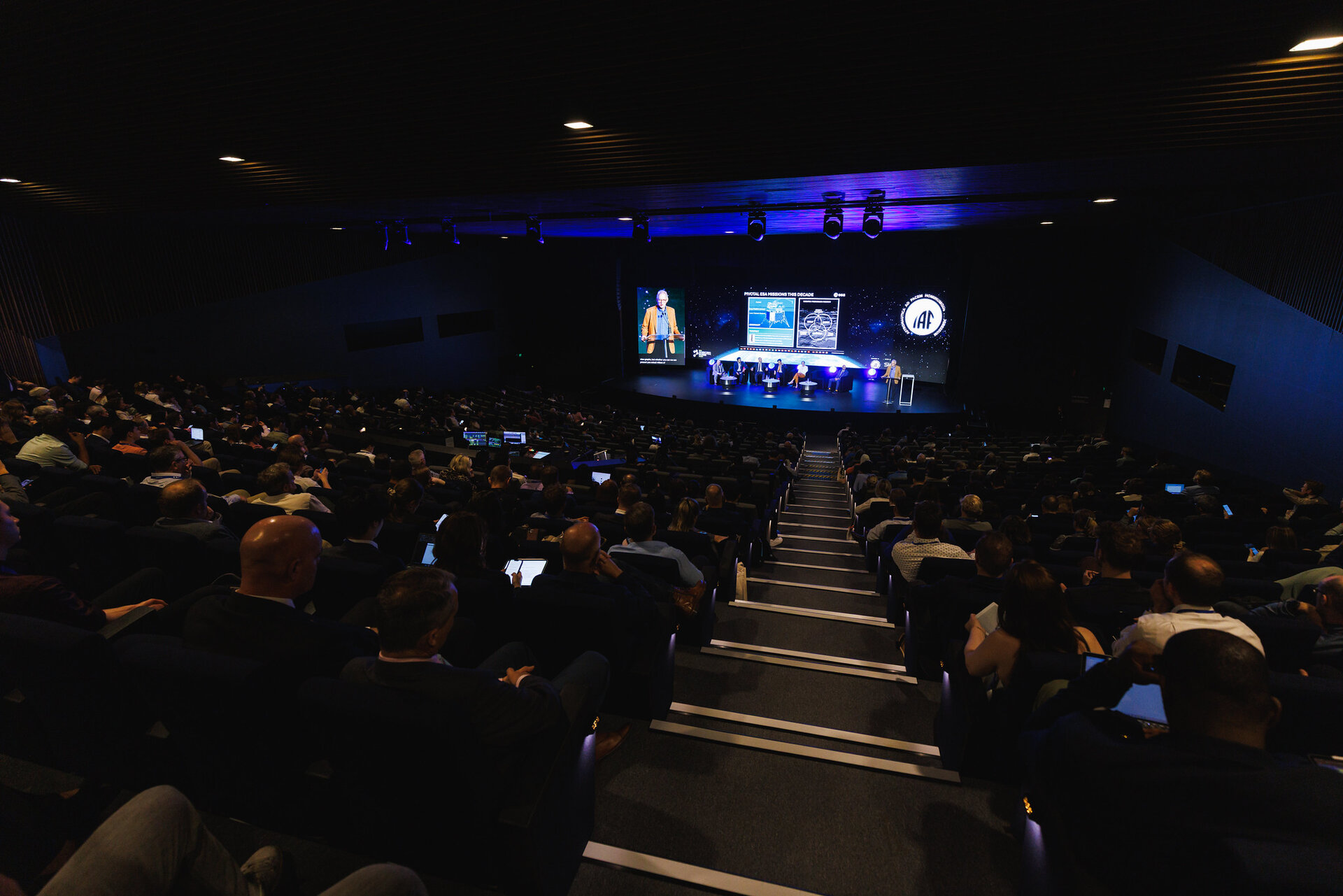

01/10/2025
101 views
1 likes
The third day of the 76th International Astronautical Congress was again full of interactions between the European Space Agency and international partners.
New areas of cooperation between ESA and South Korea were confirmed in a series of signature ceremonies between ESA and the Korea AeroSpace Administration (KASA). A Memorandum of Understanding underpins the broad cooperation, with immediate actions to take place in relation to ground stations, and activities in monitoring space weather.
ESA and the Canadian Space Agency (CSA) met face to face in advance of the ESA Ministerial Council taking place next month in Germany. Canada and Europe have been collaborating in the space sector since the early 1970s with formal cooperation between the two agencies beginning in 1979 with the signing of the first Cooperation Agreement. Earlier this year, ESA Director General Josef Aschbacher and CSA President Lisa Campbell signed a joint statement as part of the midterm review of the Canada-ESA Cooperation Agreement. The Canada-ESA programme provides Canadian organisations with access to European markets and fosters collaboration in science.
As a recent example, the National Research Council of Canada will provide critical components to ESA’s WIVERN mission announced last week as the 11th Earth Explorer mission under the FutureEO programme. According to Canadian Space Agency figures, the collaboration led to 233 ESA-funded contracts to 82 Canadian entities valued at approximately C$192 million between January 2018 and December 2024.
ESA Director General Josef Aschbacher said: “It was a pleasure to meet with CSA President Lisa Campbell at IAC to give her an overview of CM25 preparations, particularly with regards to exploration, space safety and security, Earth observation and space science.”
The next step will be for Canada, represented by the Canadian Space Agency, to decide on its funding priorities. All ESA Member States – and Canada as the only Cooperating State – will make their commitments for the coming three years during the ESA Ministerial Council in Bremen on 26 and 27 November.
ESA Director General Josef Aschbacher also met with V. Narayanan, chairman of the Indian Space Research Organisation (ISRO), to review developments in various areas of cooperation. Discussions focused on deepening collaboration in three main areas: exploration, Earth observation, and operations.
ESA and ISRO signed a joint statement of intent on cooperation for human space exploration in May 2025, while Indian astronaut Shubhanshu Shukla was a crewmate of ESA project astronaut Sławosz Uznański-Wiśniewski on the Axiom-4 mission over the summer. Officials from ISRO also recently visited ESA’s research and technology facility, ESTEC, in the Netherlands and the European Astronaut Centre in Germany.
In the exhibition area, the ESA booth hosted the winners of the ESA EPIC European-Australian Space Startup Competition. Startups GyroPlant (United Kingdom), SharpSat (Germany), Solidflow (the Netherlands), Solidkosmos (Greece) presented their companies as part of their sponsored attendance at IAC 2025 to gain access to Australia and other international markets.
Stay Informed With the Latest & Most Important News
Previous Post
Next Post
-
 012024 in Review: Highlights from NASA in Silicon Valley
012024 in Review: Highlights from NASA in Silicon Valley -
 02Panasonic Leica Summilux DG 15mm f/1.7 ASPH review
02Panasonic Leica Summilux DG 15mm f/1.7 ASPH review -
 03From Polymerization-Enabled Folding and Assembly to Chemical Evolution: Key Processes for Emergence of Functional Polymers in the Origin of Life
03From Polymerization-Enabled Folding and Assembly to Chemical Evolution: Key Processes for Emergence of Functional Polymers in the Origin of Life -
 04How New NASA, India Earth Satellite NISAR Will See Earth
04How New NASA, India Earth Satellite NISAR Will See Earth -
 05And Thus Begins A New Year For Life On Earth
05And Thus Begins A New Year For Life On Earth -
 06Astronomy Activation Ambassadors: A New Era
06Astronomy Activation Ambassadors: A New Era -
07SpaceX launch surge helps set new global launch record in 2024












